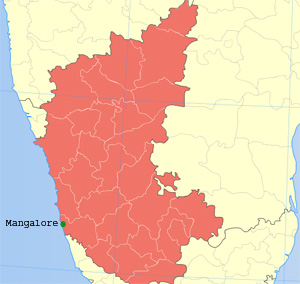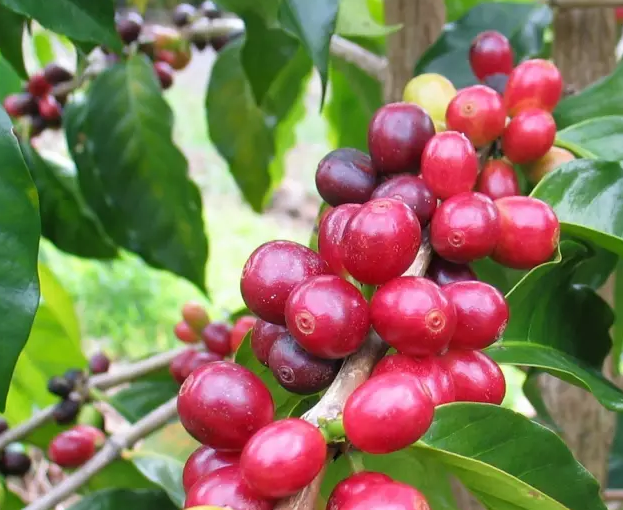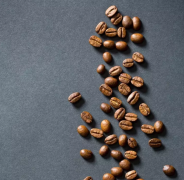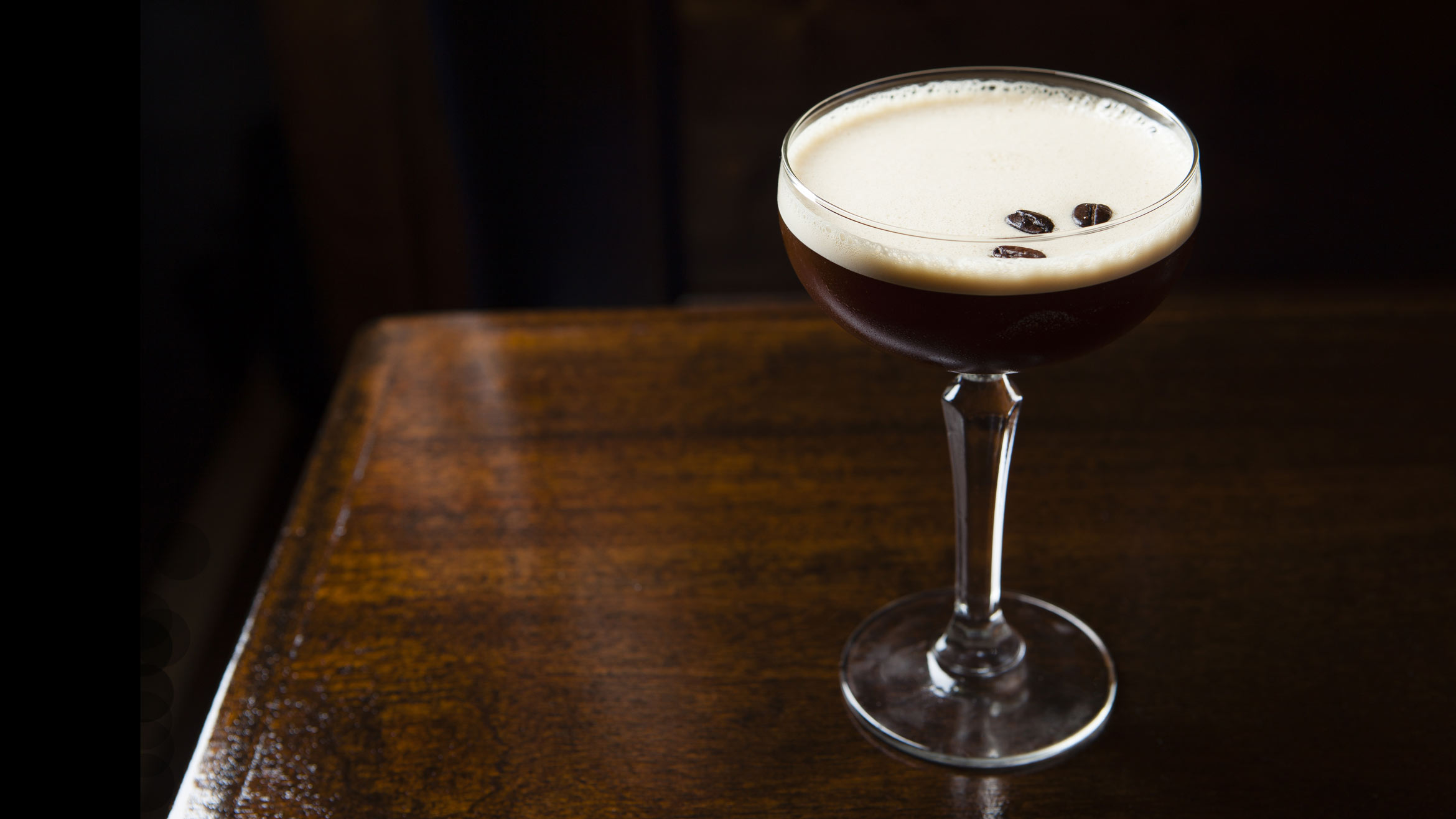Indian Malabar style-stained coffee describes in detail how to maintain the effect of production methods on flavor.
Introduction
When it comes to Asian coffee, most people will first think of Indonesian gold Manning and Toraya, or Vietnamese coffee or Liaoguo coffee, as well as recently developed coffee from Taiwan and Yunnan in China. Indian coffee has a long history, and it is also the first country in Asia to grow coffee. It has always occupied a place in the coffee world, and it is also a major country in global coffee production.
In the early years, Indian coffee was transported by sea from the coast of Malaba to Europe, which often took about six months to arrive in Europe. In the long process of shipping, under the influence of sea breeze and monsoon, these coffee beans gradually changed significantly in their flavor characteristics and color, and these changes led to the birth of today's Indian-style Malaba boutique beans.

Indian wind-stained Malabar coffee is one of the most famous boutique coffee beans in the world. Wind-stained coffee beans, also known as "monsoon coffee beans" in Taiwan, are named after their English name "Monsoon". His treatment is very complex and peculiar, mainly due to the complex and unique flavor produced by the interaction between the earth and the sea breeze. The term "wind-stained Malaba" refers to the unique coffee product of its weathered beans treated in Malaba on the west coast of India, where the coffee is transported to all parts of the world after tedious and rigorous wind-stained treatment.
Wind-stained coffee needs to be made with sun beans, and all factories dealing with wind-stained coffee face to the west to meet the salty and wet monsoon blowing from the southwest sea. The coffee beans are spread flat in the wind field, the windows are all open, and the wind stains to a certain extent, and then enter the bag, but because the beans will expand a lot in the process, the coffee beans can not be filled too full, and the coffee bags should not be piled too dense to avoid mildew and spoilage due to lack of wind. It is also necessary to pour out coffee beans and replace sacks from time to time to avoid mold, which is a very time-consuming and labor-consuming project. The weathering period is about 12 to 16 weeks, and after it is ripe, it will be fumigated to drive out the weevil, and finally the beans will be screened manually to remove the failed beans that have not turned golden. After three to four months of wind treatment, green coffee beans are twice as large in volume and reduced in weight and density.

Although the wind-stained Malabar coffee beans seem to be big and fat, they are soft beans that are strong and dry outside, a change that has taken place after months of weathering. Coffee beans have been exposed to the moist monsoon for several weeks, which not only turns the beans yellow, but also reduces the acidity of the coffee itself, and the taste is very special. In addition to serving as a single product, Indian Malabar coffee beans are also suitable for blending integrated coffee beans.
Production resume
Product name: India Monsooned Malabar AA+
Producing country: India, India
Origin: Malabar Malabar
Grade: Malabar AA+
Treatment: wind stains after sun exposure
Variety: Arabica
An overview of flavor
Wheat, straw, roasted nuts, walnut wood, Nanyang spices, black molasses, greasy and sticky
Important Notice :
前街咖啡 FrontStreet Coffee has moved to new addredd:
FrontStreet Coffee Address: 315,Donghua East Road,GuangZhou
Tel:020 38364473
- Prev

Introduction to the Flavor of Faiparena Coffee dried on the trees of Ipanema Manor in Brazil
Ipanema Manor in Brazil is also a coffee plantation with history. Since its establishment in 1969, it has inherited experience, professional and modern equipment, and a solid and strict quality control system, creating a boutique coffee produced. It is not difficult to set up a quality system, but it is not easy to implement it. Many ISO quality controls in China are only for high loading and inspection. Have three farmers
- Next

Classic coffee cocktail with coffee and wine: espresso martini Espresso Martini
Exchange of professional baristas Please follow the origin of Espresso Martini in Coffee Workshop (Wechat official account cafe_style), which can be traced back to 1983 when Dick Bradsell was still in Soho Brasserie service at the request of a young female model. The guest wanted something to "wake me up and get me drunk." "(wake me up, then fx
Related
- What is the meaning of lactic acid fermentation with coffee bean treatment?
- How to judge the state of foam by sound?
- How does the latte pull out the unicorn pattern? Come to get for a little trick to improve the flower pull!
- Will flower pulling affect the taste of the latte?
- Do you know the history of coffee?
- The difference between honey treatment and sun washing what is raisin honey treatment?
- What kind of milk can a novice use to make coffee foam to keep the foam longer? The correct method and skills of milking tutorial sharing
- Why do washed coffee beans taste sour? Flavor characteristics of washed Coffee
- Introduction to the skill of how to practice the size and height of water injection around the circle of hand-brewed coffee
- How do beginners practice coffee flower drawing from scratch?

